Click the Blue Text
Follow Us

– Hot Announcement[Event Recruitment]For details of the competition, please click the image above⬆️-
In this rapidly changing digital age, programming education is no longer exclusive to adults; it is permeating every aspect of children’s education with unstoppable momentum.
Among many programming languages, C++, as a long-established, powerful language widely used in system development, game design, scientific computing, and other fields, is gradually becoming a shining star in children’s programming education.
So, why is C++ children’s programming considered the future’s main force? Let’s explore together.
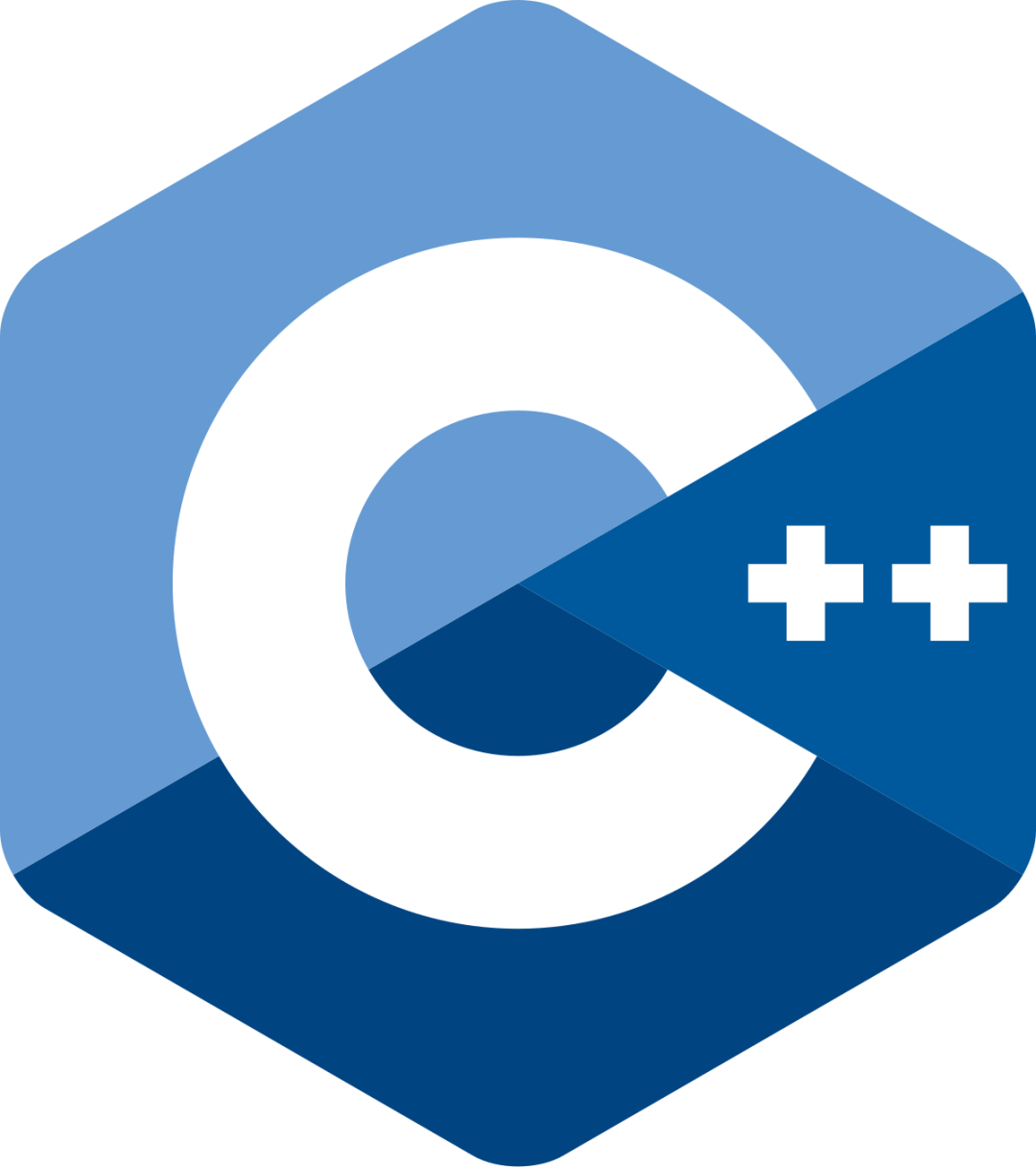
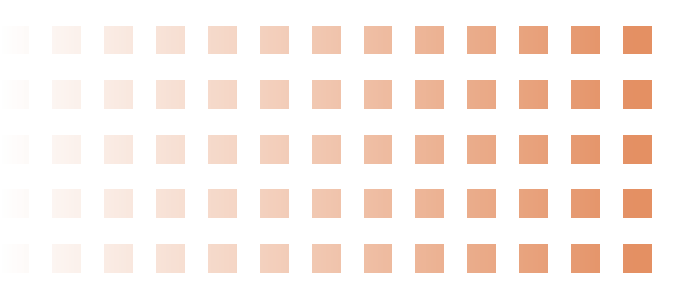
Establishing a Solid Programming Foundation
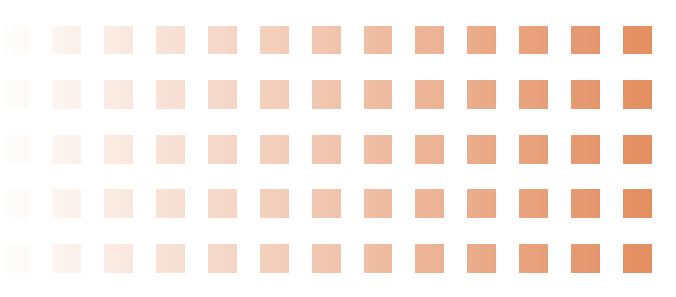
C++ is a very “low-level” programming language that requires programmers to deeply understand core concepts such as computer memory management, data types, and algorithm design.
For children, starting to learn programming with C++ is like learning the foundation of architecture, which can lay a solid foundation for their subsequent learning of other programming languages (such as Python, Java, etc.). This foundation is not only on the syntax level but, more importantly, it trains their way of thinking and problem-solving abilities.

Cultivating Rigorous Logical Thinking
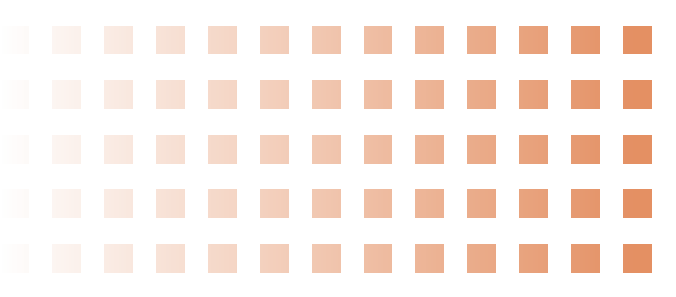
C++ programming emphasizes precision and logic; every instruction, every loop, and every conditional statement must be accurate. This strict requirement encourages children to constantly think, experiment, and adjust during the programming process, thereby cultivating rigorous logical thinking and problem-solving abilities.
These abilities are not only crucial in the field of programming but are also applicable in various areas of daily life and learning.

Broaden Future Career Paths
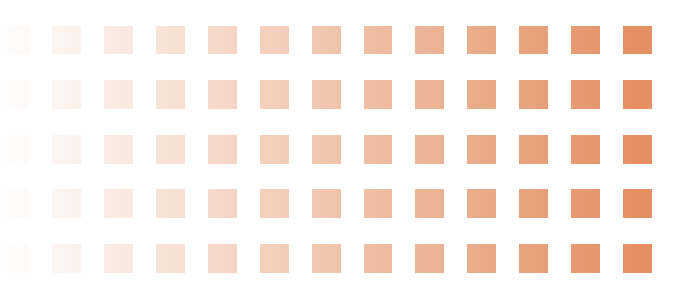
With the rapid development of technology, programming skills have become a basic requirement for many high-paying jobs. C++, as the preferred language in low-level development, game development, embedded systems, and high-performance computing, continues to have strong market demand.
Children who master C++ programming will have broader opportunities in their future career choices, whether they become software engineers, game developers, or engage in scientific research and technological innovation, they will have more opportunities and possibilities.
Many large tech companies and high-tech industries still extensively use C++, laying a solid C++ foundation for children means they will have greater competitiveness and development opportunities in these industries in the future.

Promoting Interdisciplinary Learning

C++ programming is not limited to the field of computers; it is closely related to multiple disciplines such as mathematics, physics, and chemistry. By solving practical problems through programming, children can apply what they have learned in practice, deepening their understanding and application of concepts across various disciplines.
This interdisciplinary learning approach helps cultivate children’s comprehensive qualities and innovative abilities, providing strong support for their future studies and careers.
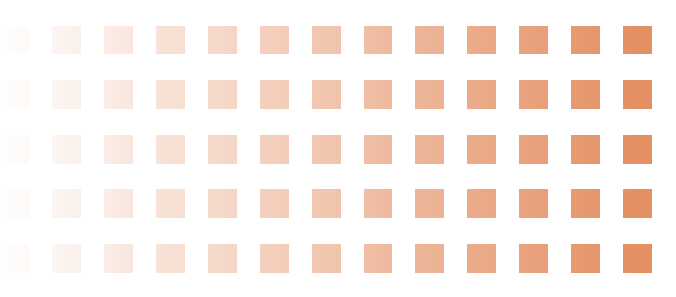
Stimulating Innovative Potential
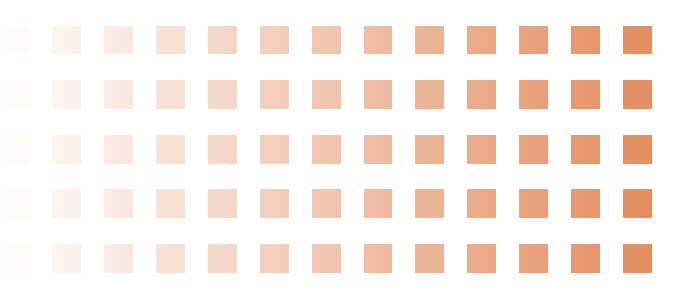
Programming is a creative and imaginative process. C++ provides rich libraries and tools that allow children to unleash their creativity and create their own works.
Whether developing a simple game or designing a complex algorithm, children can experience the joy of creation and a sense of accomplishment during the programming process. This experience will stimulate their innovative potential, encouraging them to continuously explore unknown fields and pursue higher goals.

The Importance of Programming Education

With the national emphasis on programming education, programming has become an important trend in future education. C++, as a powerful programming language, plays an irreplaceable role in cultivating children’s logical thinking, innovative abilities, and problem-solving skills.
Competition and Admission Advantages:C++ occupies an important position in informatics competitions; mastering C++ means having the capital to compete with peers in competitions. In addition, in some regions’ admission policies, programming-related grades or certificates have become a bonus factor for admission.

C++ children’s programming, with its unique charm and broad application prospects, is gradually becoming the main force in future education.
Although the learning threshold of C++ is relatively high, the enhancement of programming thinking, career development potential, and adaptability in the technical field makes it a “future star” in children’s programming education. Let children be exposed to C++ from an early age; it is not only about cultivating their programming abilities but also laying a solid foundation for the future technology world.
Source | Reproduced from the Internet
Statement | Except for original articles from the Bojia Robot Club headquarters, articles shared and reproduced online are aimed at promoting children’s programming education in China, for learning and communication purposes only, not for commercial use, and will be marked with the source. If the original authors of the articles or photos have any objections, please contact customer service for quick processing or deletion. Thank you for your support.